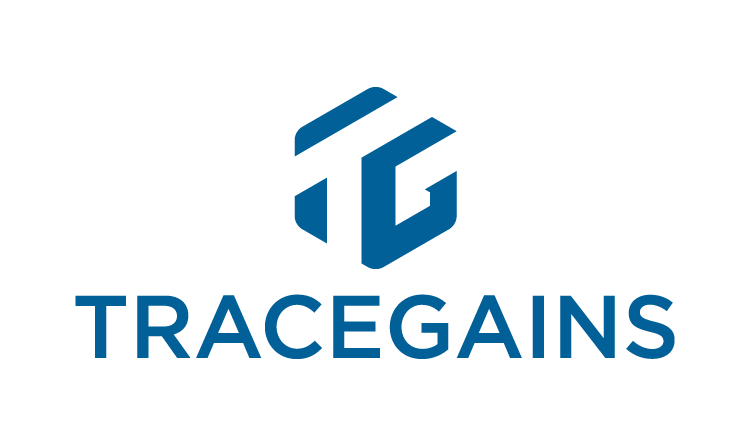Promotional Features
Innovating amidst the challenges: harnessing data and digital tools for NPD
In 2024, the food and beverage industry finds itself at a pivotal juncture. Innovation is no longer just an option but a fundamental necessity.
As companies navigate the dual demands of maintaining quality and compliance while striving for profitability, they confront an array of challenges. From rising costs and ingredient sourcing bottlenecks to outdated manual processes, the landscape is rapidly evolving. These challenges, coupled with shifting consumer trends and impending environmental, social, and governance (ESG) regulations, underscore the complexity of new product development (NPD) in this sector.
“Nearly three-quarters of industry professionals are investing more into NPD”
TraceGains’ 2024 NPD report reveals a significant commitment across the sector to ramping up NPD. Nearly three-quarters of industry professionals are investing more into NPD, driven by both competitive pressures and evolving consumer demands, which signal the trend towards accelerated innovation in response to changing market dynamics.
The increasing complexity of NPD
NPD in the food and beverage industry is an intricate ballet of ideation, formulation, testing and marketing. Each stage demands exacting precision and strict adherence to diverse regulatory standards, which can vary significantly by region and product type. As global supply chains expand, timely access to accurate information becomes increasingly challenging, complicating the NPD process further.
Drivers of change shaping the industry
According to the industry, the push towards innovation is driven by several key factors:
1. Competitive pressure: Innovation is critical in staying ahead of the competition. According to TraceGains' 2024 NPD report, 52% of respondents view competitors as a primary driver of innovation. In a vibrant industry with new market entrants, staying ahead means continuously innovating and introducing unique products that capture consumer attention.
2. Evolving consumer preferences: Today's consumers are well-informed and their preferences can shift rapidly, influenced by a wealth of information available through social media and other digital channels. This consumer savvy is not only shaping product nutrition and flavours but is also pushing companies towards greater transparency and sustainability; unsurprisingly, 60% of brands surveyed in TraceGains' report believe that health-oriented formulations will drive significant industry change this year.
The adoption of the Nutri-Score system by more and more brands across a growing number of EU countries underscores the importance of leveraging data and technology in food labelling. Digital tools facilitate the accurate and rapid calculation of the Nutri-Score on products, ensuring compliance with labelling regulations and maintaining consumer trust. The use of technology not only streamlines this process but also helps in adjusting product formulations to achieve better nutritional scores, empowering brands to stay competitive in a market that increasingly values health and transparency, ultimately driving a broader shift towards healthier product offerings.
3. Global regulatory pressures: Compliance with international and local regulations presents a significant challenge. Navigating the complex patchwork of regulatory landscapes requires agility and foresight to ensure compliance and avoid potential penalties and brand damage.
4. Economic pressures: With 58% of respondents citing rising costs as a major concern for 2024, the pressure to innovate economically is intense. Companies must find innovative ways to reduce production costs while still maintaining profitability.
5. Sustainability regulations: Environmental sustainability has become a central concern, with regulations covering deforestation, forced labour, carbon emissions and water usage gaining prominence. The forthcoming European Union regulations, such as the Corporate Sustainability Due Diligence Directive (CSDDD), represent a significant step towards more sustainable and transparent business practices. These regulations will require companies to conduct thorough due diligence on their supply chains, ensuring compliance with environmental and social standards. To navigate these complex requirements, digital tools and platforms are invaluable. They provide the infrastructure needed to track and verify the compliance of food products throughout the supply chain. This ensures that companies can meet the stringent demands of the new regulations effectively and efficiently.
“Alarmingly, companies are still relying on outdated, manual processes, which, when digitised could offer significant improvements in efficiency and error reduction”
The role of digital transformation
At the forefront of addressing these challenges is digital transformation. Digital tools and data analytics are revolutionising the NPD process, providing vital insights that enhance product development, improve quality control, and accelerate market readiness. Leveraging these technologies allows companies to better anticipate consumer trends, optimise product formulations, and manage supply chains more effectively. However, alarmingly, companies are still relying on outdated, manual processes which, when digitised, could offer significant improvements in efficiency and error reduction.
Best practices and solutions
Progressive companies are embedding data and digital tools into their NPD processes through:
1. Data-driven decision making: Big data analytics now inform every stage of product development, from trend prediction to post-launch evaluation.
2. Networked data: Implementing platforms that facilitate real-time data sharing and collaboration across departments and with external partners enhances responsiveness and innovation.
3. Continuous innovation cycles: Digital tools are being used to shorten the feedback loop, enabling ongoing product refinement based on real-time consumer feedback and data analytics.
As we advance through 2024, the food and beverage industry's trajectory will increasingly rely on how effectively companies can integrate and leverage digital tools within their NPD strategies. This integration is not merely about maintaining competitiveness but is crucial for shaping the future direction of market trends and consumer expectations. The ongoing digital transformation represents a critical period of adaptation and growth, underscoring a dynamic era of innovation essential for the industry's sustained success.
To explore detailed insights from the TraceGains 2024 NPD report, click here.





